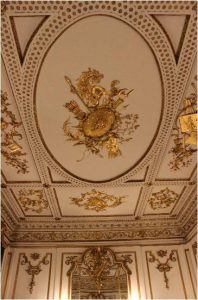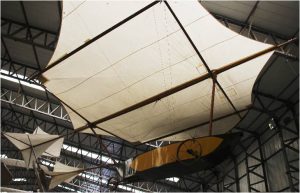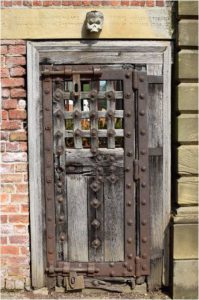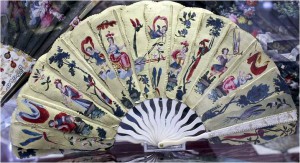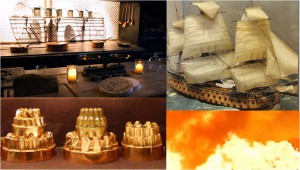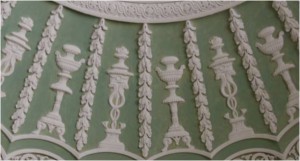Let’s leave the Romantic Age for one glamorous evening and go to the mid 18th century. We shall discover one of the major society events of the year 1756: The opening of Norfolk House in London.
Follow me to ‘All Things Georgian’, the brilliant website of Sarah Murden and Joanne Major, history detectives and acclaimed authoresses. Sarah and Joanne kindly feature my guest post about a grand event and 6 tips to succeed there as time travelling guests of the Duke and Duchess of Norfolk.
Please click here to go to the post and find out more.
Best regards,
Anna M. Thane

